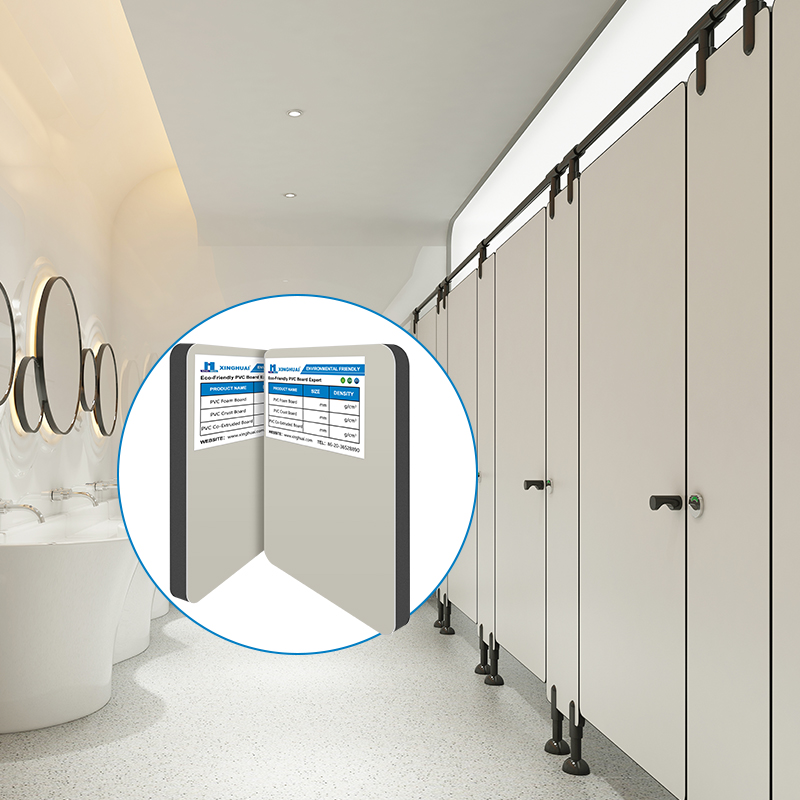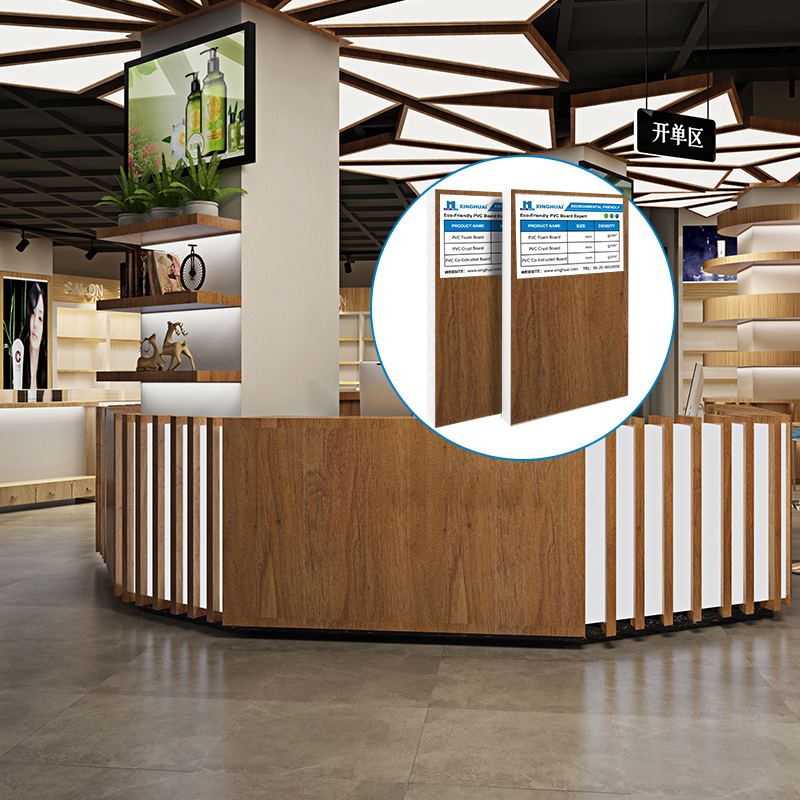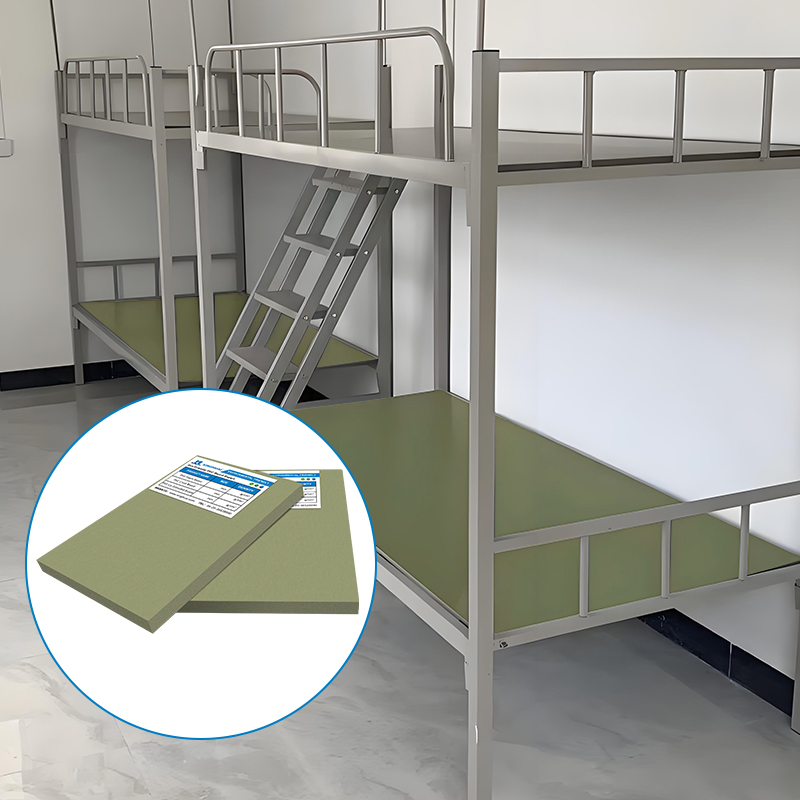PVC foam boards are popular for various applications, including kitchen cabinets, green bed boards, and partition panels. To ensure their durability in outdoor or high-exposure settings, it’s crucial to assess their weather resistance. Here are three key aspects to consider:
UV Resistance Testing
One of the primary concerns for PVC foam boards used outdoors is their susceptibility to UV radiation. Over time, exposure to UV light can cause discoloration, surface cracking, and reduced structural integrity. To test for UV resistance, manufacturers often expose the boards to artificial UV radiation in controlled environments. Look for boards that meet industry standards, such as ASTM G154 or ISO 4892, which indicate high resistance to UV degradation.
Moisture and Temperature Resistance
Weather resistance also includes a board's ability to withstand fluctuating moisture levels and temperatures. PVC foam boards are generally water-resistant, but high humidity or extreme temperatures can still impact their performance. Manufacturers may perform tests involving temperature cycling and moisture exposure to simulate outdoor conditions. Boards that maintain stability, color, and strength in these tests are more likely to perform well outdoors.
Chemical and Corrosion Resistance
Environmental exposure may also involve pollutants and chemicals that could degrade PVC boards. Testing for chemical and corrosion resistance can reveal how the board holds up against acid rain, salt spray, or other corrosive elements. High-quality PVC boards usually have coatings or additives to enhance their chemical resistance, making them more suitable for long-term outdoor use.
By considering these factors—UV resistance, moisture and temperature resilience, and chemical durability—you can make an informed choice on the most suitable PVC board for your outdoor or high-exposure applications.




